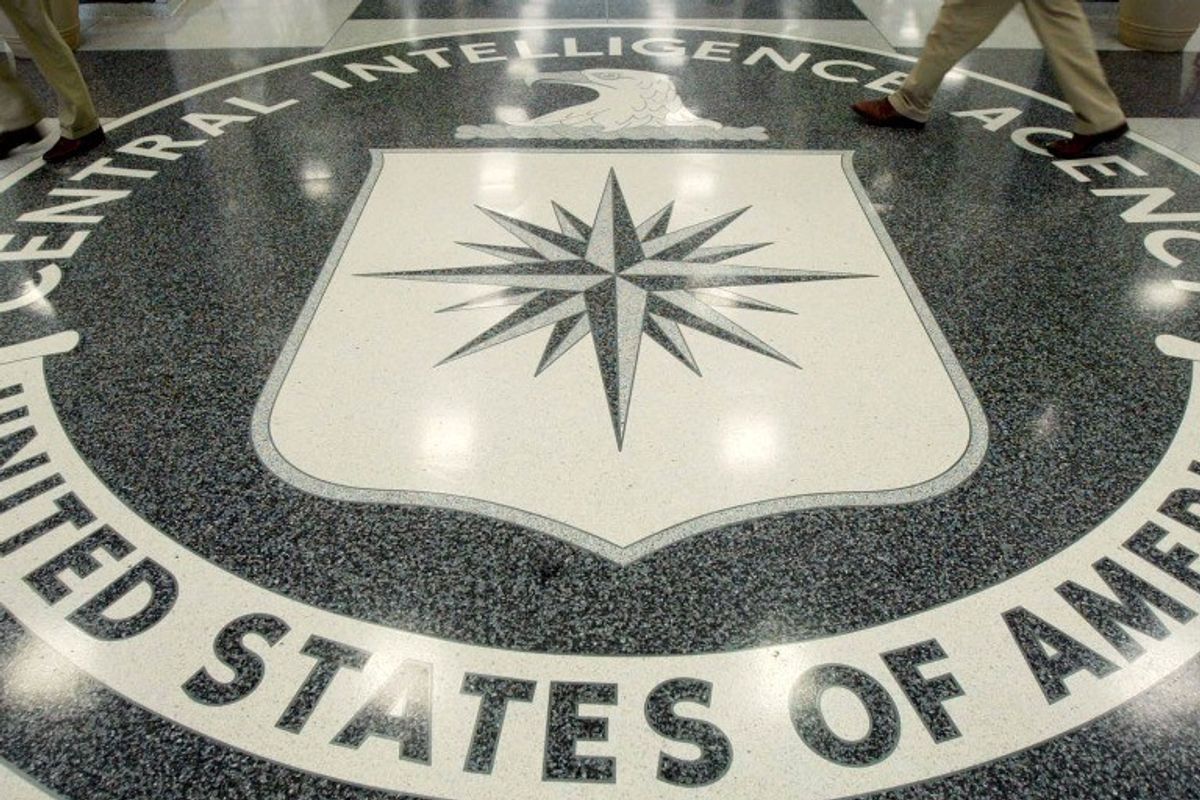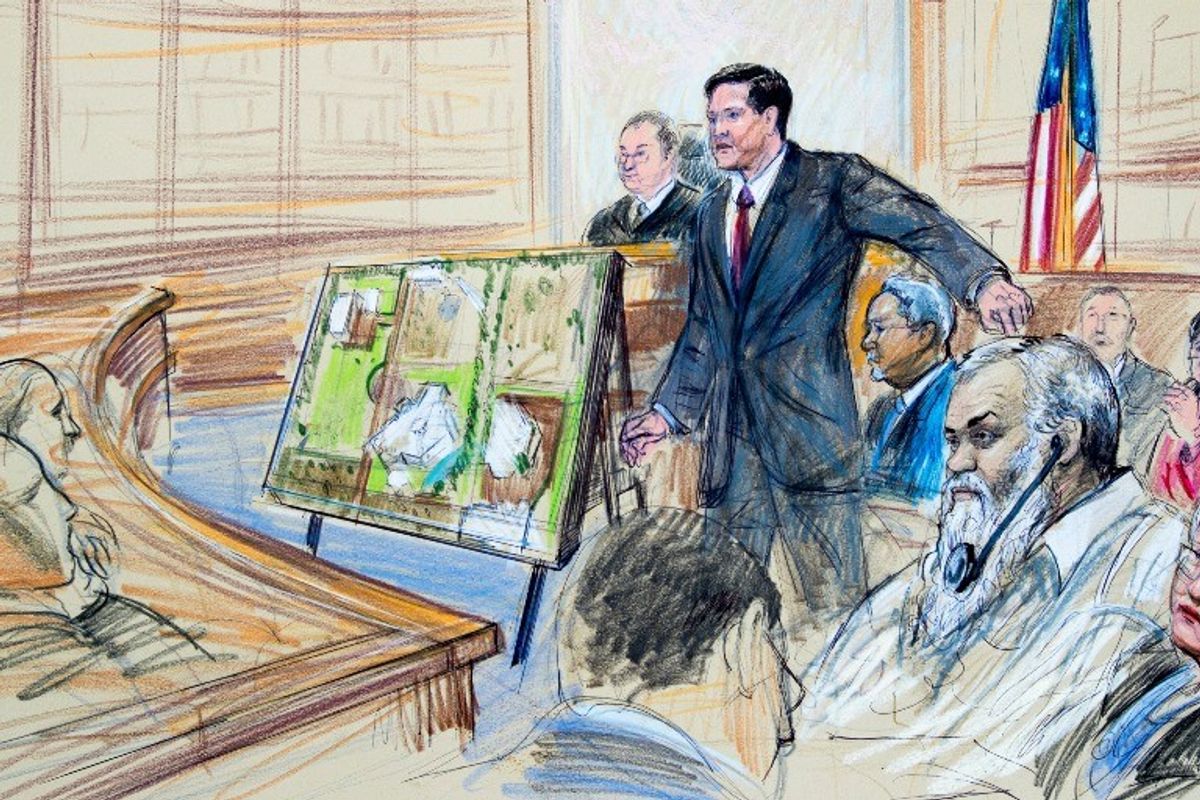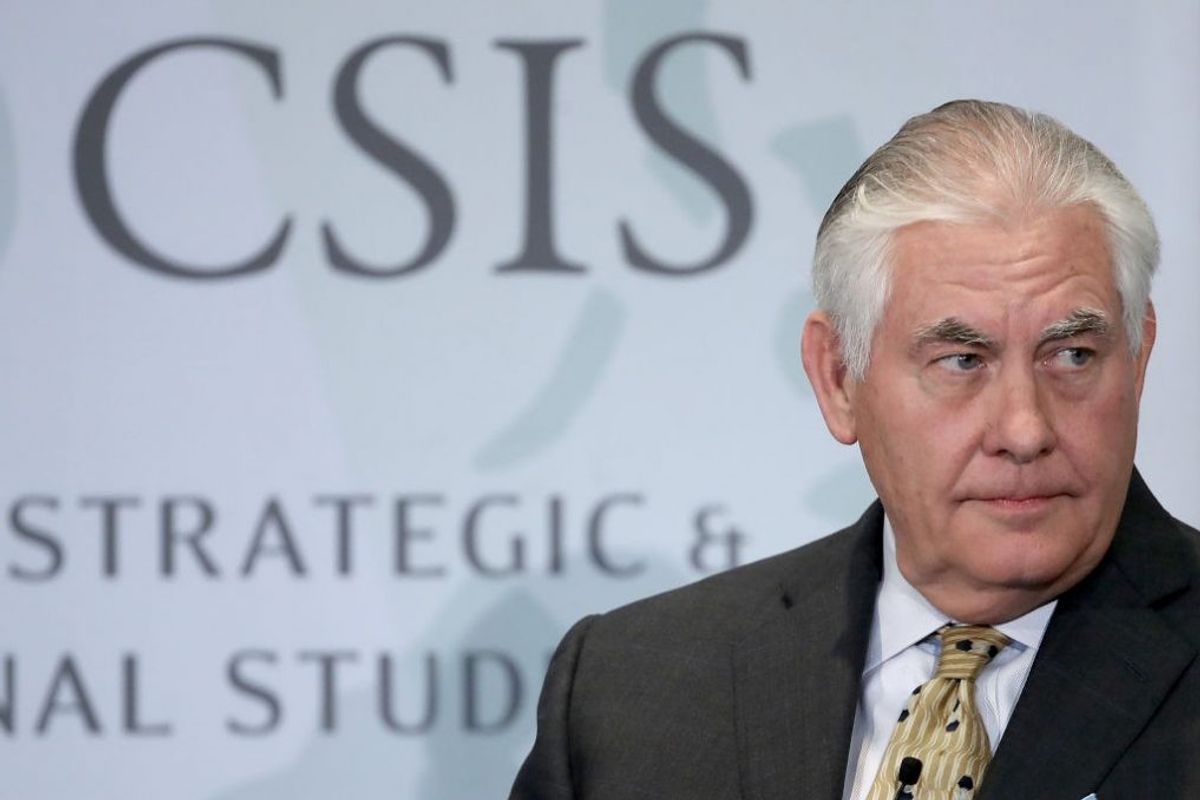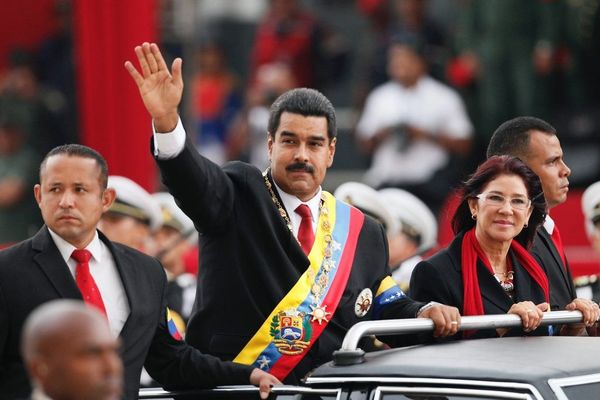On the night of September 11, 2012, four Americans, including U.S. Ambassador J. Christopher Stevens, were killed in terrorist attacks at U.S. facilities in Benghazi, Libya. These attacks highlighted the highly volatile environments in which U.S. diplomatic personnel sometimes operate, and led to a period of sustained scrutiny of the measures in place to protect them.
The State Department’s Bureau of Diplomatic Security organizes security for U.S. diplomats and the facilities they work in. In addition to the first layer of defense – the protective assets provided by host nations (under their Vienna Convention commitments) – U.S. diplomatic facilities are usually guarded by some mix of elements including locally-hired guards, Diplomatic Security agents, and sometimes U.S. Marine Corps Security Guard detachments.
Since the Benghazi attacks, State has received a significant increase in funding for embassy security measures. These congressionally-appropriated funds (on the order of an estimated $4.7 billion total for fiscal year 2015) have allowed for a staffing surge of 151 additional Diplomatic Security personnel; a program to bolster host nation security forces at high threat posts; increased pre-deployment training for diplomats on challenges such as the use of fire as a weapon; and specific technical, physical security upgrades at U.S. embassies and consulates, such as additional fire safety equipment at sensitive posts.
Significantly, State and the Pentagon have indicated that they have reviewed crisis planning procedures and made specific changes to address potential vulnerabilities, include pre-positioning U.S. military assets to more rapidly respond to crises at diplomatic facilities in insecure locations. The Defense Department also has worked with State to increase the size of the U.S. Marine Corps Embassy Security group, including deploying additional Marines to sensitive locations and increasing the number of detachments in order to ensure presence at more posts.
State officials say that a number of internal processes and procedures also have been scrubbed, with an eye to ensuring that diplomats sent into dangerous environments are there with resources commensurate to the challenge. A new body headed by the Assistant Secretary for Diplomatic Security assesses the global threat environment to determine which posts are termed “high threat.” These posts then are to be watched carefully by a new Directorate for High Threat Posts within the Bureau of Diplomatic Security. Decisions to open new posts in dangerous areas are now vetted through a new process known as the Vital Presence Validation Process, intended to ensure a fully considered weighing of the importance of the mission versus the risk it entails to personnel.
What hasn’t changed since the Benghazi attacks? Most significantly, U.S. personnel and facilities remain under threat, as demonstrated by a steady stream of incidents, including (to name only a few) the February 2013 suicide bombing at the U.S. Embassy in Ankara and the March 2015 slashing of the U.S. Ambassador in Seoul, as well as numerous incidents involving U.S. diplomatic facilities in conflict zones such as Iraq, Afghanistan, Libya, or Yemen.
The second constant: Eliminating all threats simply isn’t an achievable goal, analysts agree, regardless of funding levels or physical security measures. The State Department will continue to operate in challenging environments as long as U.S. interests require it to do so. And attacks can (and do) occur even in those locations considered less threatened.
As a result, U.S. planners must manage risk when weighing the benefits of diplomatic activity abroad versus the potential of an attack. U.S. diplomats have generally described themselves as willing to accept this risk if properly mitigated and in the service of U.S. foreign policy objectives. They also worry that an excessive aversion to risk could undercut their effectiveness by keeping them cloistered and preventing the engagement that they see as the bedrock of their profession.
Whether a broad consensus exists on these sometimes competing imperatives remains open to question; for its part, the State Department’s own 2015 Quadrennial Diplomacy and Development Review suggested a need remains for a “broad dialogue on physical risk with the Executive and Legislative branches and beyond.”
The views expressed herein are those of the author and are not presented as those of CRS or the Library of Congress.













